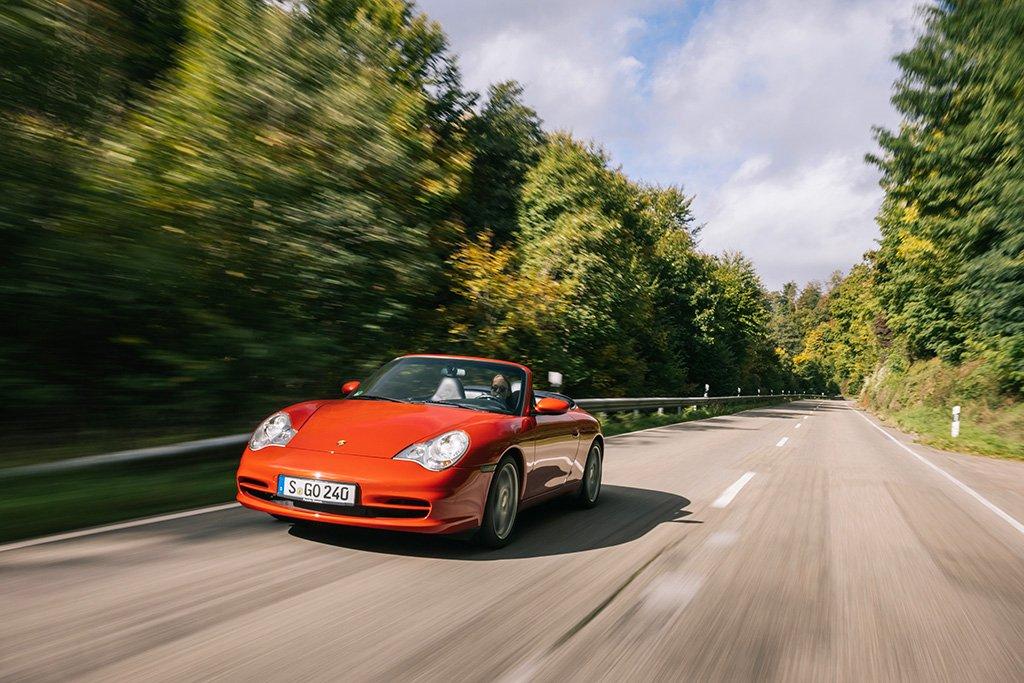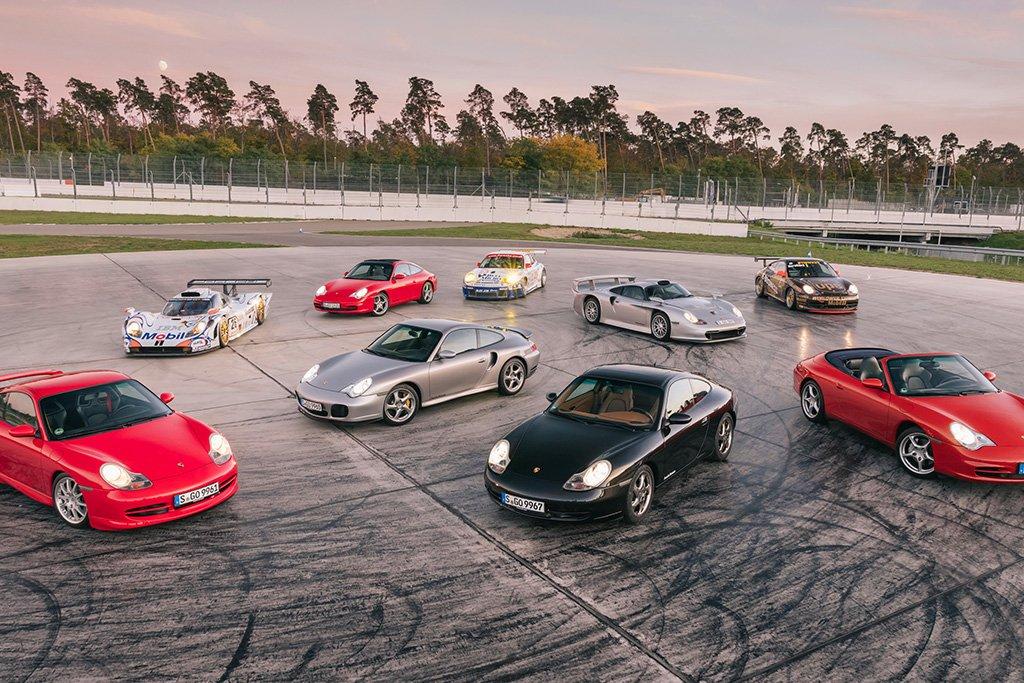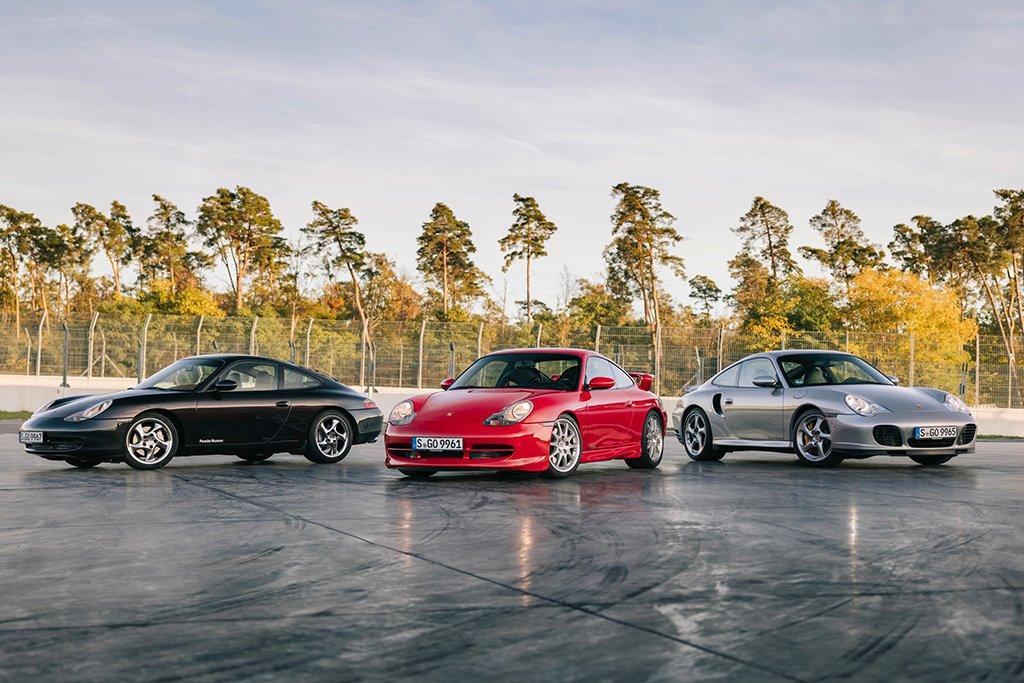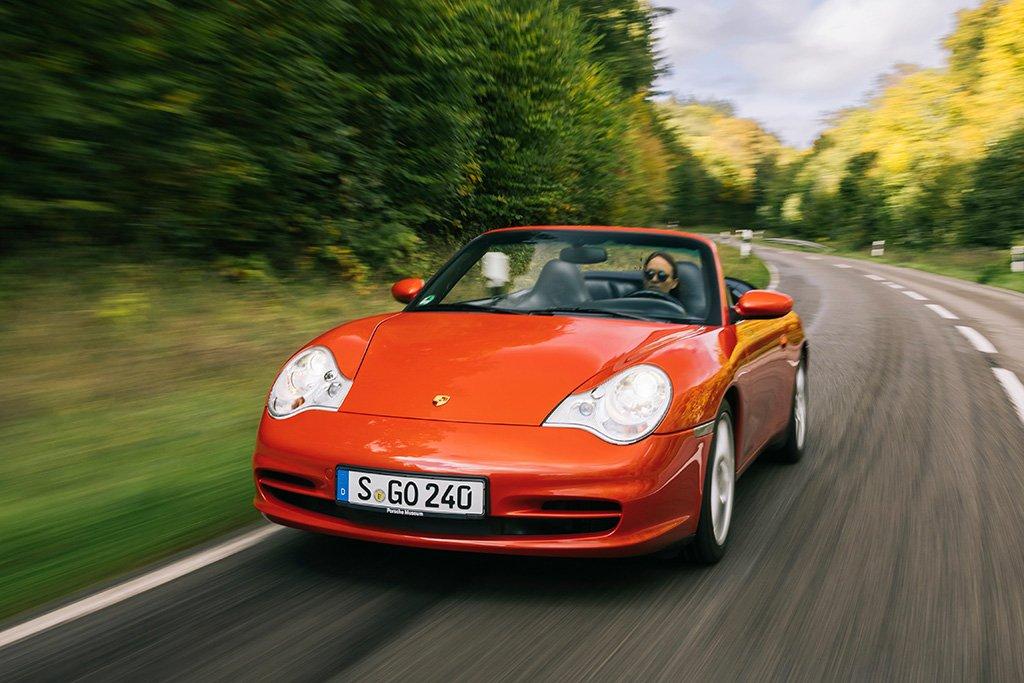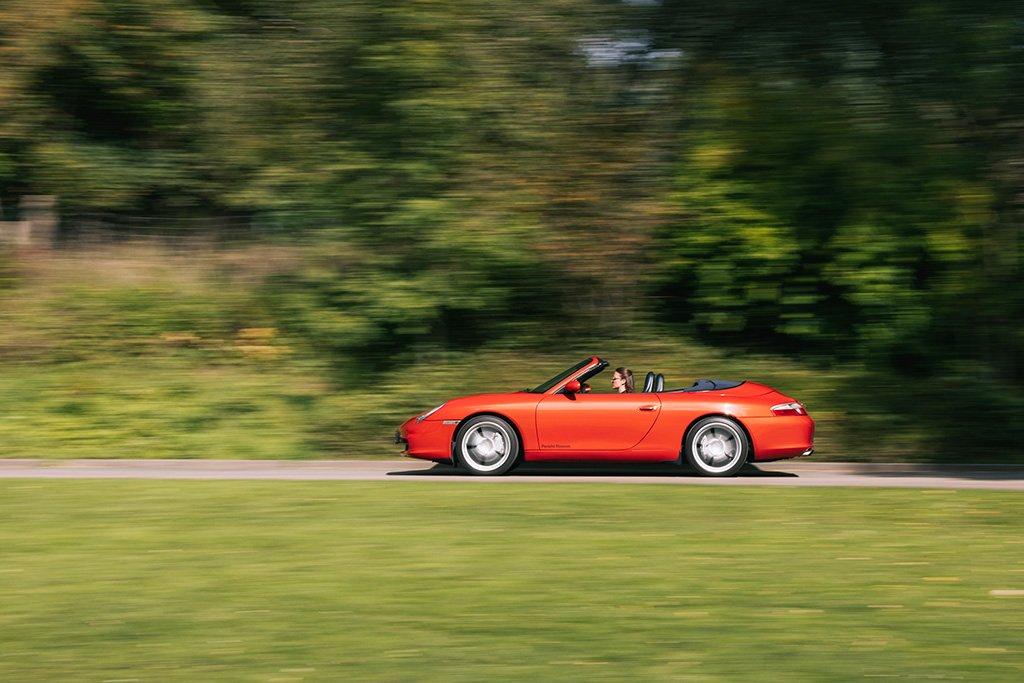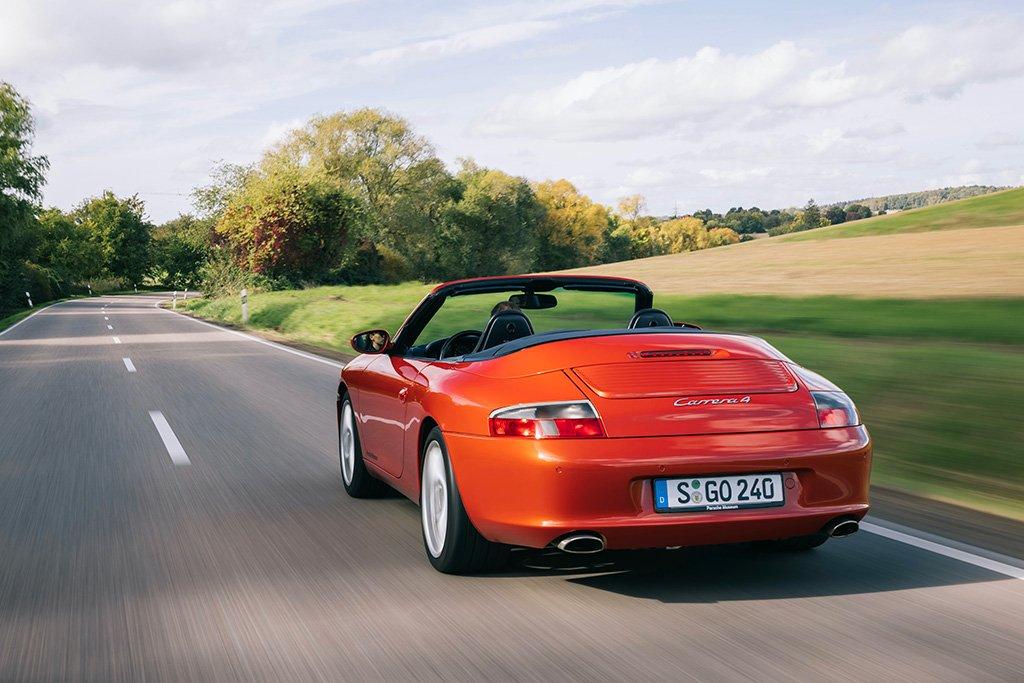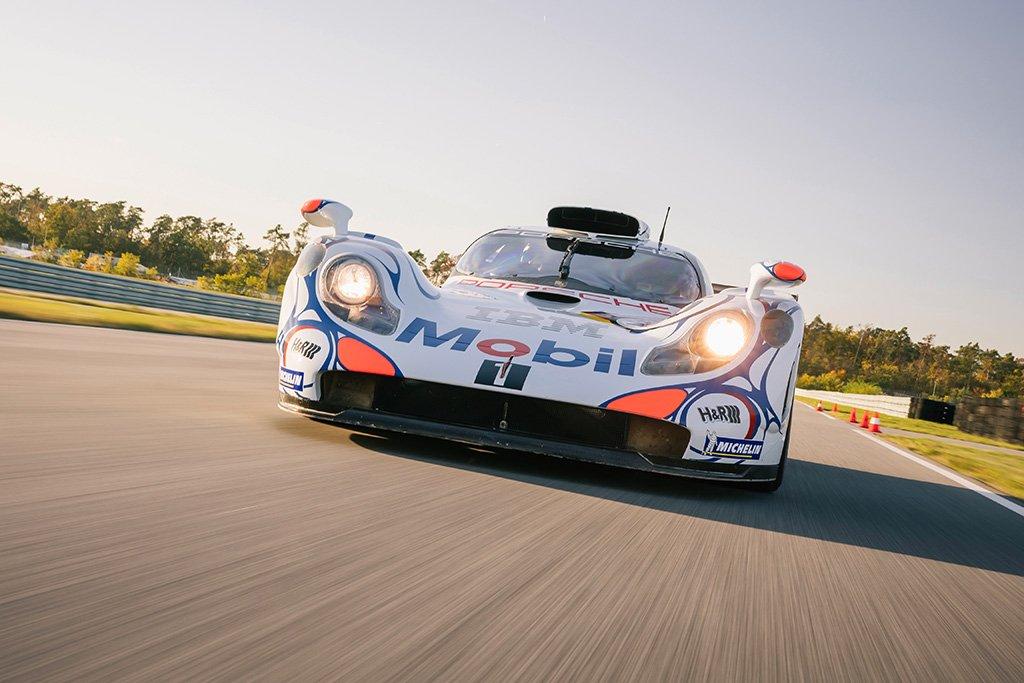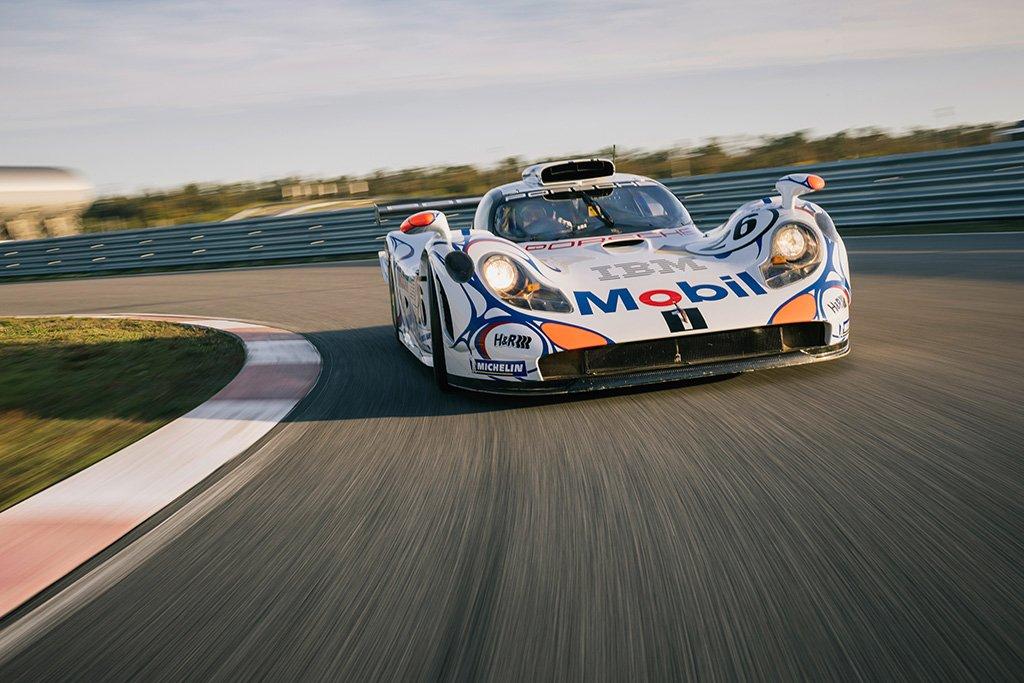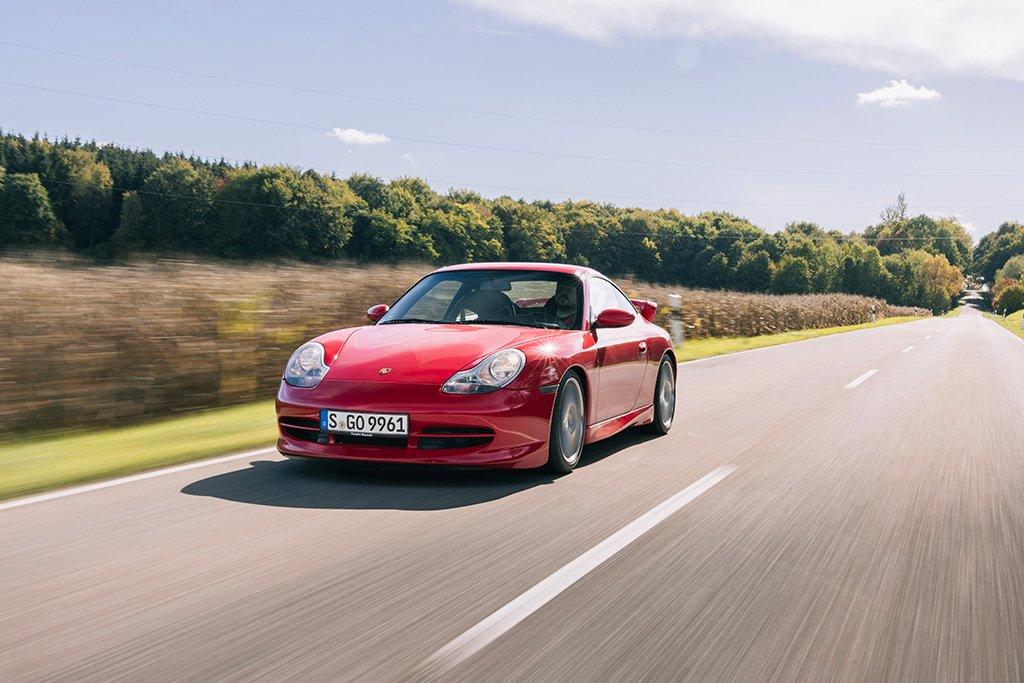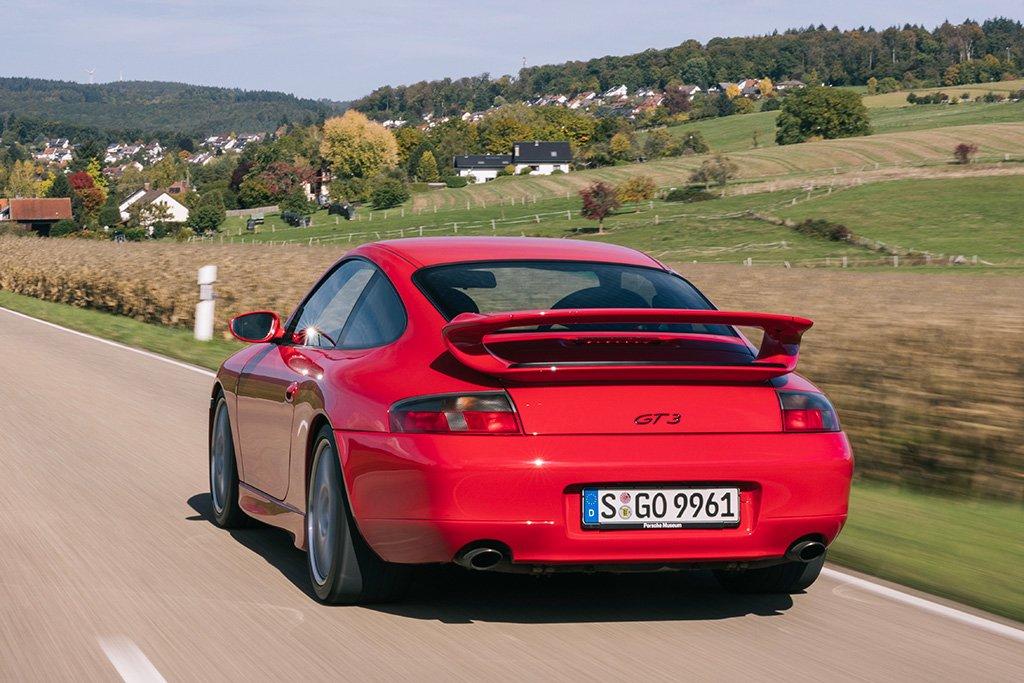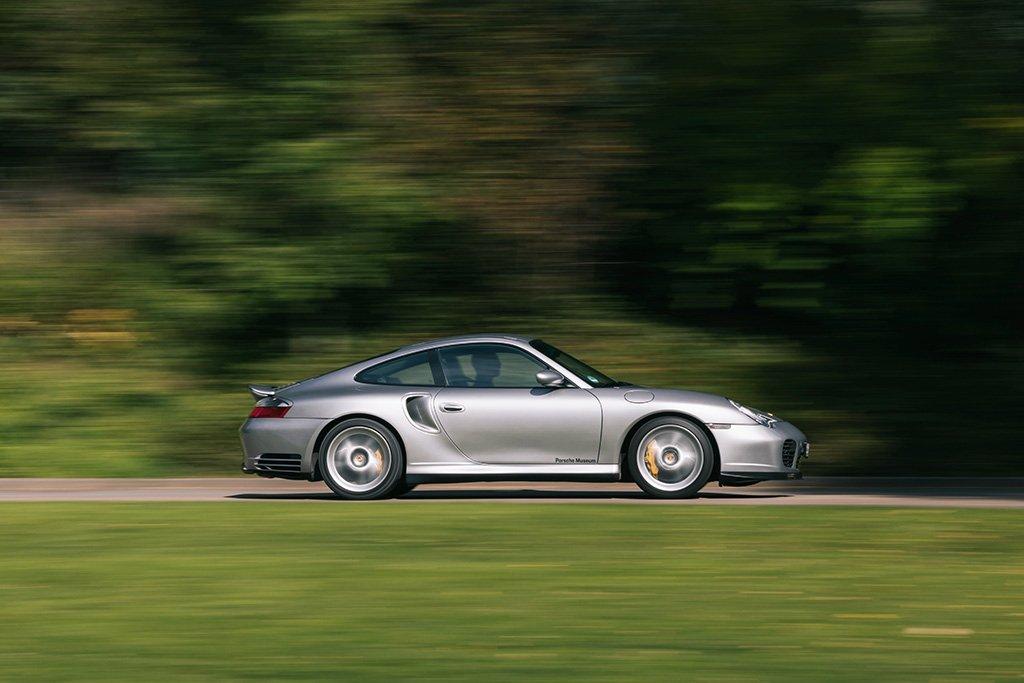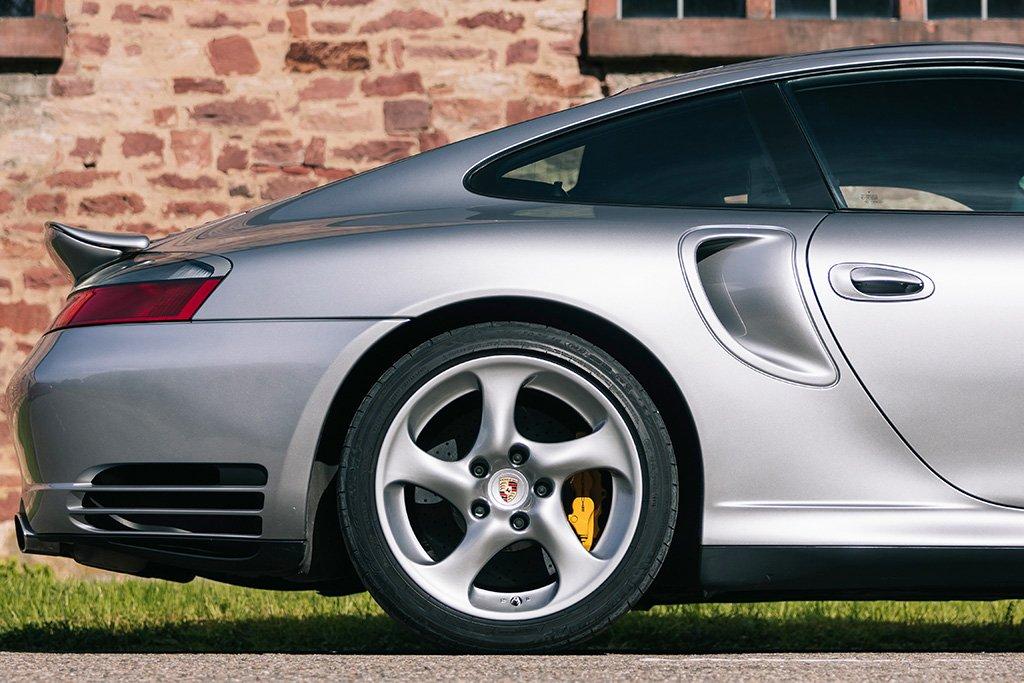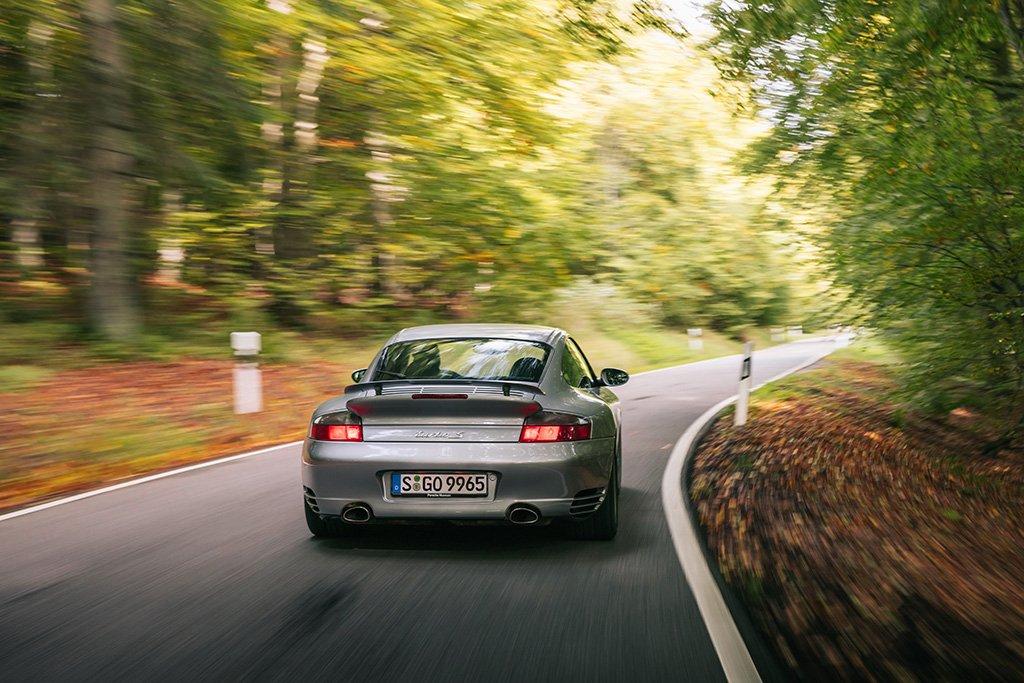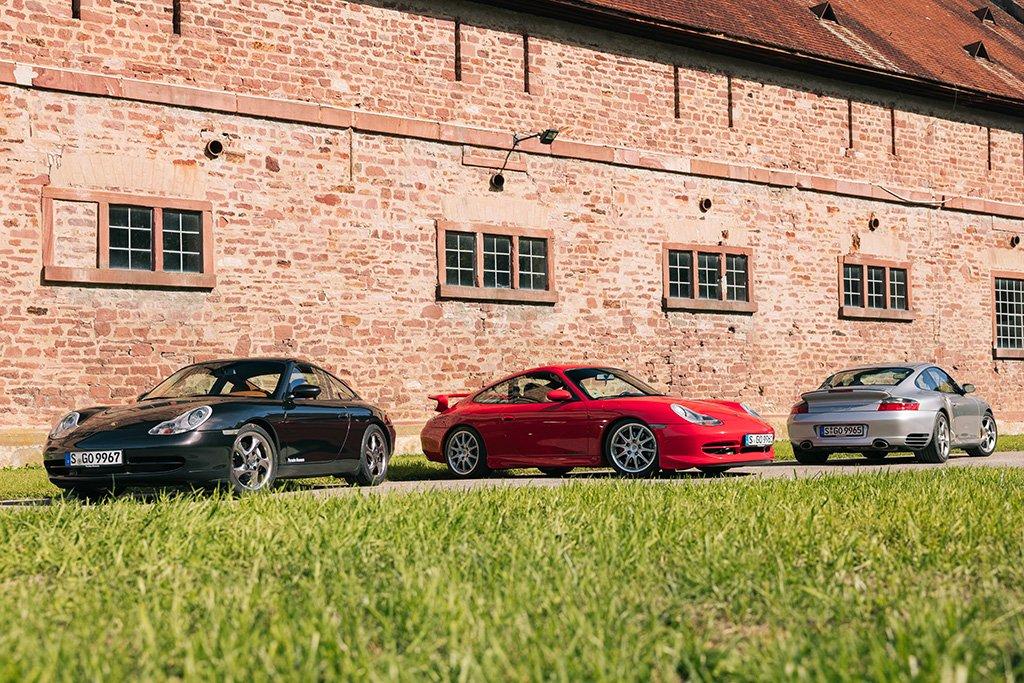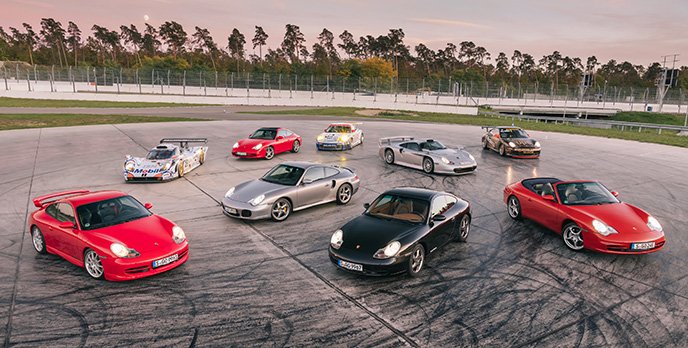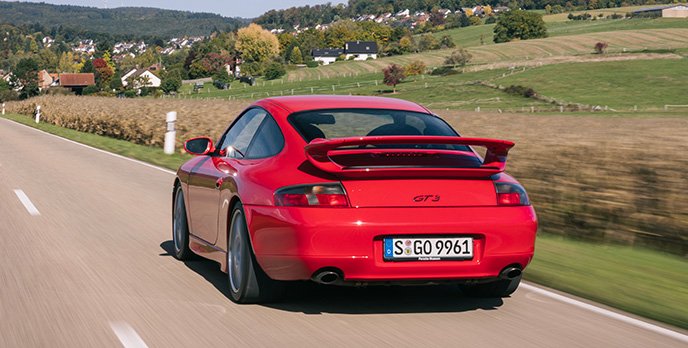Porsche celebrates the trailblazing 996 generation 911
17 Nov 2022|1,357 views
Porsche is celebrating the 996 generation Porsche 911, a car famed for breaking conventions. With the 996 generation, the car took on a heavily modified version of the iconic 911, with all parts being new. It also marked the 911's transition from using an air-cooled to water-cooled engine, while sharing parts with the Porsche Boxster. It also proved to be a hit, with more than 30,000 examples of the 996 generation 911 sold annually.
However, the 996 did not receive positive attention throughout its life, with the press criticising the form and effect of the car's head light units with their integrated indicators/turn signals. This came as a surprise to Porsche's designers, since the design had been roundly praised in the Boxster concept car not long before.
Besides the divisive head light design that was present on the 996, things were about to get hotter in the lineup. The four-wheel drive 996 Turbo which boasted a remarkable 414bhp twin-turbo engine was introduced.
As rapid as the Turbo was, the model was a pre-planned model in the lineup. What was not pre-planned was the 996 GT3, which came about due to changing motorsport regulations.
This made Porsche build a 355bhp offshoot of the 911 as a road-legal homologation vehicle, and as the spiritual successor to the 911 Carrera RS. The 996 GT3 was not a commercial success when it was first introduced, but the car was the genesis of an independent brand which marked a clear difference between an everyday 911 and a motorsport inspired road car.
This was followed in January 2001 by the 996 GT2, which was based on the 996 Turbo with a 3.6-litre boxer engine and 455bhp, the first model to feature ceramic brakes as standard.
As extreme as the 996 GT2 was, it was hardly the swansong of the 996 generation 911. The 996 was later reworked in the 2002 model year, and had many more members join the lineup. These included the 911 Targa, 911 Carrera 4S Coupe and the Turbo S.
However, the 996 did not receive positive attention throughout its life, with the press criticising the form and effect of the car's head light units with their integrated indicators/turn signals. This came as a surprise to Porsche's designers, since the design had been roundly praised in the Boxster concept car not long before.
Besides the divisive head light design that was present on the 996, things were about to get hotter in the lineup. The four-wheel drive 996 Turbo which boasted a remarkable 414bhp twin-turbo engine was introduced.
As rapid as the Turbo was, the model was a pre-planned model in the lineup. What was not pre-planned was the 996 GT3, which came about due to changing motorsport regulations.
This made Porsche build a 355bhp offshoot of the 911 as a road-legal homologation vehicle, and as the spiritual successor to the 911 Carrera RS. The 996 GT3 was not a commercial success when it was first introduced, but the car was the genesis of an independent brand which marked a clear difference between an everyday 911 and a motorsport inspired road car.
This was followed in January 2001 by the 996 GT2, which was based on the 996 Turbo with a 3.6-litre boxer engine and 455bhp, the first model to feature ceramic brakes as standard.
As extreme as the 996 GT2 was, it was hardly the swansong of the 996 generation 911. The 996 was later reworked in the 2002 model year, and had many more members join the lineup. These included the 911 Targa, 911 Carrera 4S Coupe and the Turbo S.
Porsche is celebrating the 996 generation Porsche 911, a car famed for breaking conventions. With the 996 generation, the car took on a heavily modified version of the iconic 911, with all parts being new. It also marked the 911's transition from using an air-cooled to water-cooled engine, while sharing parts with the Porsche Boxster. It also proved to be a hit, with more than 30,000 examples of the 996 generation 911 sold annually.
However, the 996 did not receive positive attention throughout its life, with the press criticising the form and effect of the car's head light units with their integrated indicators/turn signals. This came as a surprise to Porsche's designers, since the design had been roundly praised in the Boxster concept car not long before.
Besides the divisive head light design that was present on the 996, things were about to get hotter in the lineup. The four-wheel drive 996 Turbo which boasted a remarkable 414bhp twin-turbo engine was introduced.
As rapid as the Turbo was, the model was a pre-planned model in the lineup. What was not pre-planned was the 996 GT3, which came about due to changing motorsport regulations.
This made Porsche build a 355bhp offshoot of the 911 as a road-legal homologation vehicle, and as the spiritual successor to the 911 Carrera RS. The 996 GT3 was not a commercial success when it was first introduced, but the car was the genesis of an independent brand which marked a clear difference between an everyday 911 and a motorsport inspired road car.
This was followed in January 2001 by the 996 GT2, which was based on the 996 Turbo with a 3.6-litre boxer engine and 455bhp, the first model to feature ceramic brakes as standard.
As extreme as the 996 GT2 was, it was hardly the swansong of the 996 generation 911. The 996 was later reworked in the 2002 model year, and had many more members join the lineup. These included the 911 Targa, 911 Carrera 4S Coupe and the Turbo S.
However, the 996 did not receive positive attention throughout its life, with the press criticising the form and effect of the car's head light units with their integrated indicators/turn signals. This came as a surprise to Porsche's designers, since the design had been roundly praised in the Boxster concept car not long before.
Besides the divisive head light design that was present on the 996, things were about to get hotter in the lineup. The four-wheel drive 996 Turbo which boasted a remarkable 414bhp twin-turbo engine was introduced.
As rapid as the Turbo was, the model was a pre-planned model in the lineup. What was not pre-planned was the 996 GT3, which came about due to changing motorsport regulations.
This made Porsche build a 355bhp offshoot of the 911 as a road-legal homologation vehicle, and as the spiritual successor to the 911 Carrera RS. The 996 GT3 was not a commercial success when it was first introduced, but the car was the genesis of an independent brand which marked a clear difference between an everyday 911 and a motorsport inspired road car.
This was followed in January 2001 by the 996 GT2, which was based on the 996 Turbo with a 3.6-litre boxer engine and 455bhp, the first model to feature ceramic brakes as standard.
As extreme as the 996 GT2 was, it was hardly the swansong of the 996 generation 911. The 996 was later reworked in the 2002 model year, and had many more members join the lineup. These included the 911 Targa, 911 Carrera 4S Coupe and the Turbo S.
Latest COE Prices
April 2025 | 2nd BIDDING
NEXT TENDER: 07 May 2025
CAT A$99,500
CAT B$117,003
CAT C$65,001
CAT E$118,001
View Full Results Thank You For Your Subscription.
